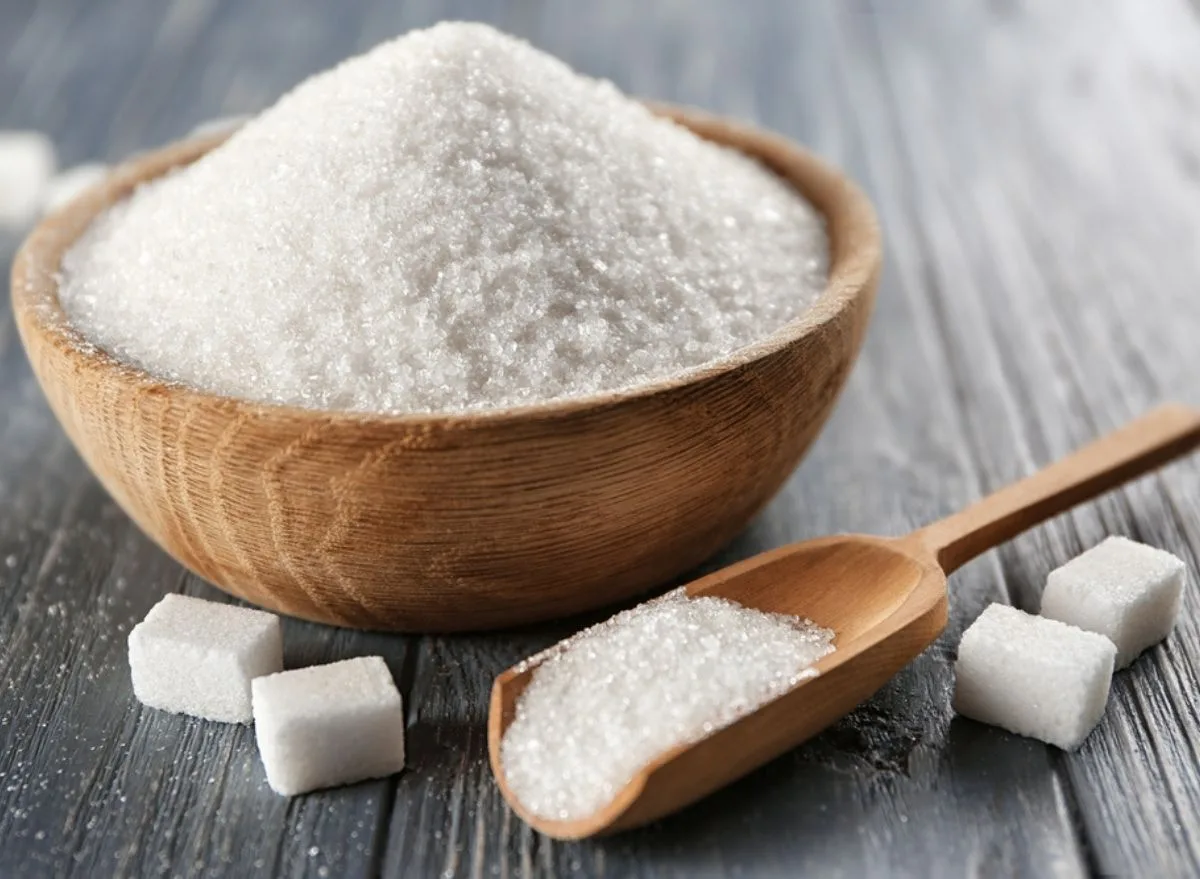Sugar in Kids’ Diets: A Guide for Parents
While most kids have a sweet tooth, it’s important to keep their sugar intake in check. Sugar is linked with a number of health concerns, including lowered immunity, increased risk of cavities, and increased risk of heart disease and obesity.
One of the biggest problems of having too much added sugar in the diet is that it often replaces more-nutritious foods, making it hard to get all the nutrients your kids need each day without going overboard on calories, which can cause them to gain excess weight. Sugary drinks in particular (soda, juice drinks, sports drinks and energy drinks) add extra calories that generally cause kids who drink them to gain more weight than those who don’t.

Where is sugar found?
While soda and candy are two obvious sources of sugar, you also need to stay vigilant about the hidden sugar in packaged food, from crackers and cereal to tomato sauce and yogurt. These are all products that can have lots of added sugar. Although it might not seem like a lot in one or two items, it all adds up.
How can you tell how much sugar is in different foods?
You can find out how much sugar is in a serving of a packaged food by checking out the nutrition facts panel. “Total sugars” are listed under carbohydrates. This number is written in grams. To put things in perspective, 4.2 grams of sugar is equivalent to 1 teaspoon. So if you’re feeding your children a cereal that has even 8 grams of sugar per serving, that’s about 2 teaspoons of sugar.
Is there a difference between naturally occurring and added sugars?
The nutrition facts panel only tells you total sugars — meaning, it doesn’t distinguish between natural sugars (like fructose, found in fruit, or lactose, found in milk) and added sugars (those added to make food even sweeter, such as honey, sugar, corn syrup or what have you).
How much is too much?
Recent dietary guidelines have avoided any hard-and-fast limit on total added sugars in children’s diets. But a little sleuthing yields some advice. A 2009 report from the American Heart Association recommends that no more than half of your discretionary calorie allowance should be from sugar. “Discretionary calorie allowance” is a fancy way of saying how many empty calories you can eat each day. That discretionary calorie allowance should fall in the range of 5 to 15 percent of your total calorie intake. That means you should get no more than 2.5 to 7.5 percent of your total calories from added sugars.
You have to do some math to figure out what that means for you and your children, but here’s an example: Say you stick with a limit of 5 percent of total calories from sugar. For a child who eats about 1,500 calories a day, he should have no more than 75 calories from sugar (18 grams).
How to curb your kids’ sugar intake
Limit sugar-sweetened drinks. The average child in the United States gets 121 calories a day from soda. Give your kids water, low-fat or skim milk, or fruit juice (no more than 6 ounces a day for kids 6 and younger or 12 ounces a day for kids 7 and older) regularly, and limit soda, energy drinks and sports drinks.
Read labels: Choose low-sugar or no-sugar-added products. Be aware that a lot of packaged foods that claim “no added sugars” on the label sneak in some sort of sugar substitute. Watch out for this, and choose foods without added sugars or sugar substitutes.
Go for whole foods: One of the benefits of cooking with whole foods is that you can control exactly what goes into the food you eat. That means if you add sugar to a dish, you’ll know exactly how much you’re adding, and chances are you’ll add way less than you’d find in a processed food equivalent.
Favor fruit: An overly sugary diet can desensitize kids to the natural sweetness of fruit. But as you start to limit added sugars in your diet, you can start to appreciate that fruit is sweet and delicious on its own. Blend fruit with plain yogurt and a touch of vanilla and orange juice into a breakfast or after-school smoothie, or serve cut-up fruit for dessert.

